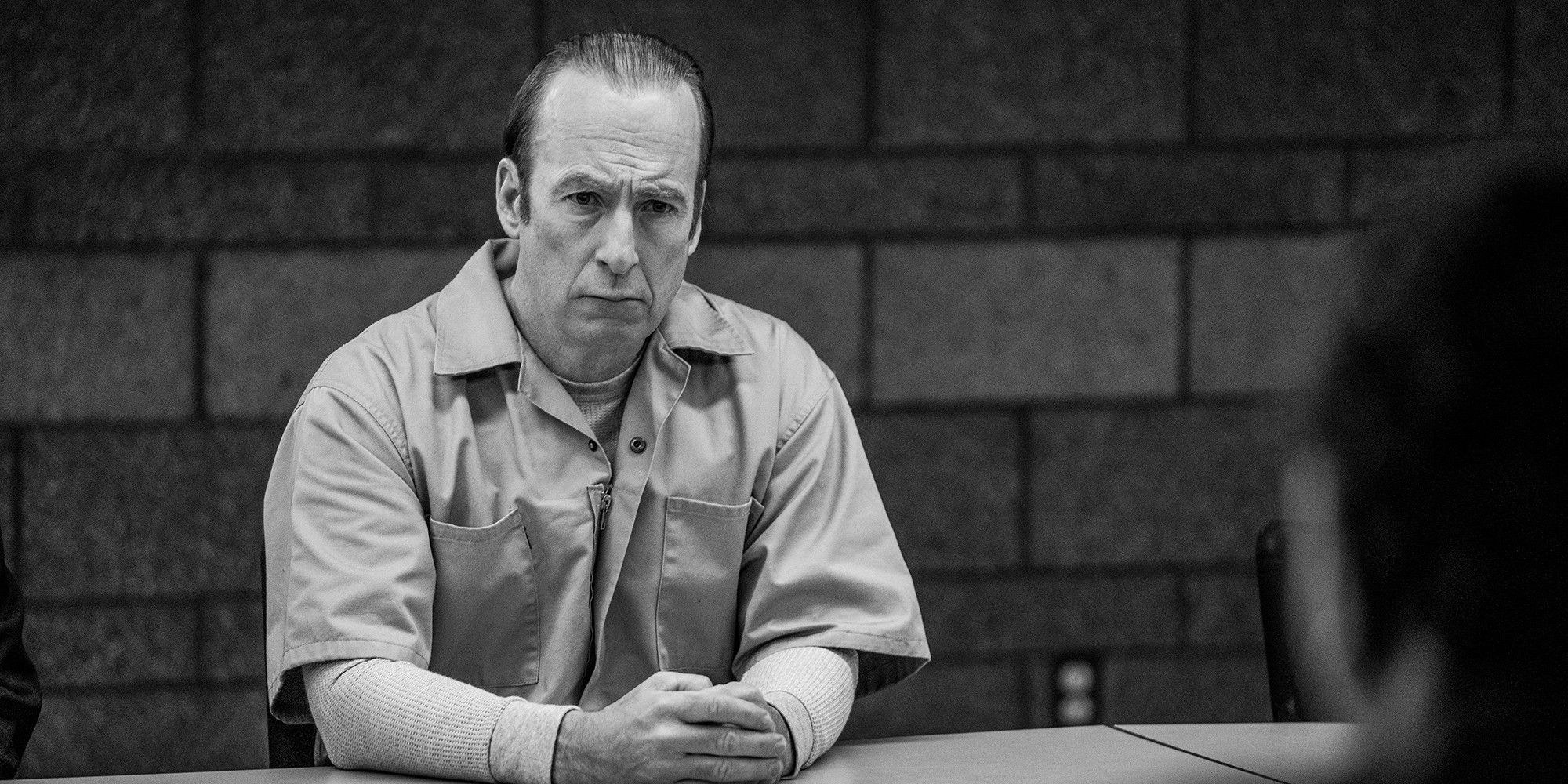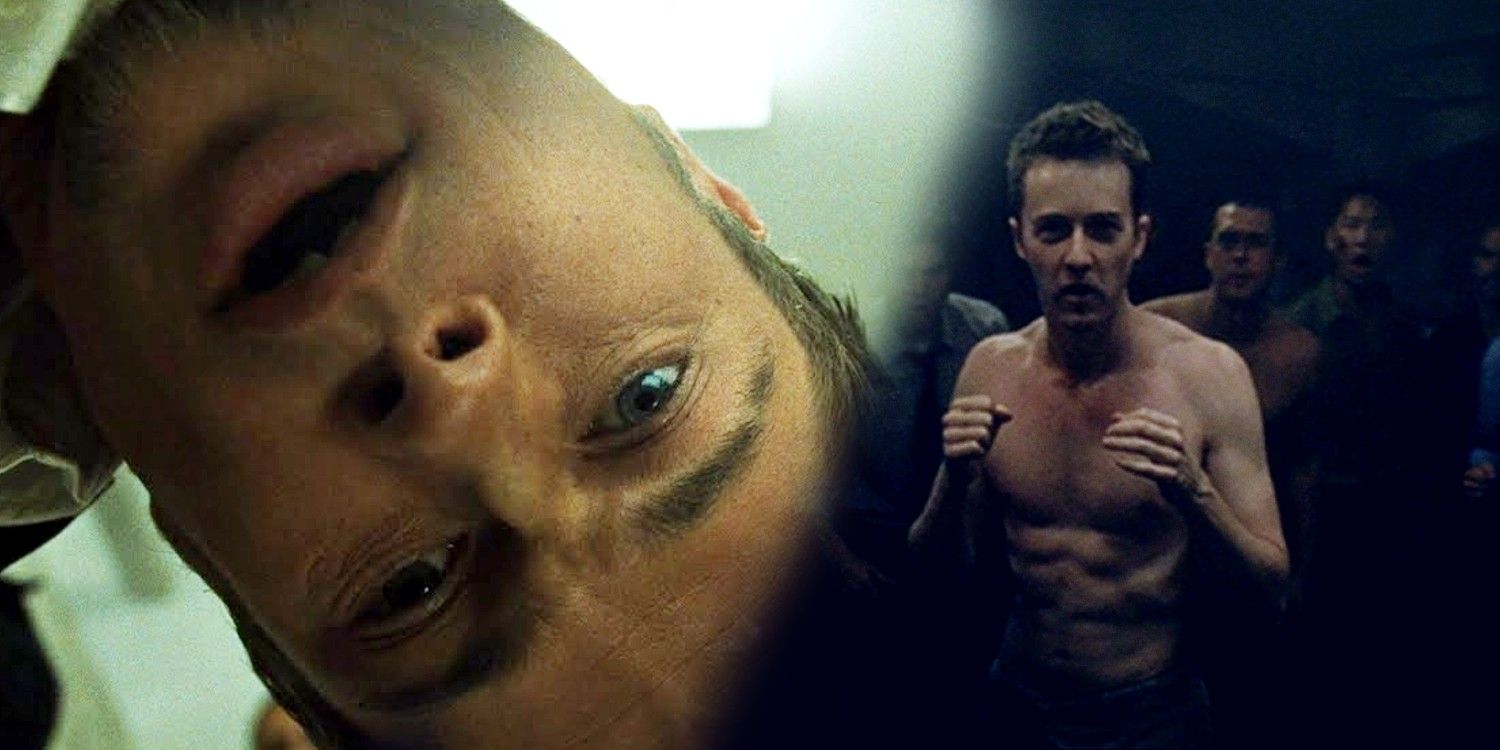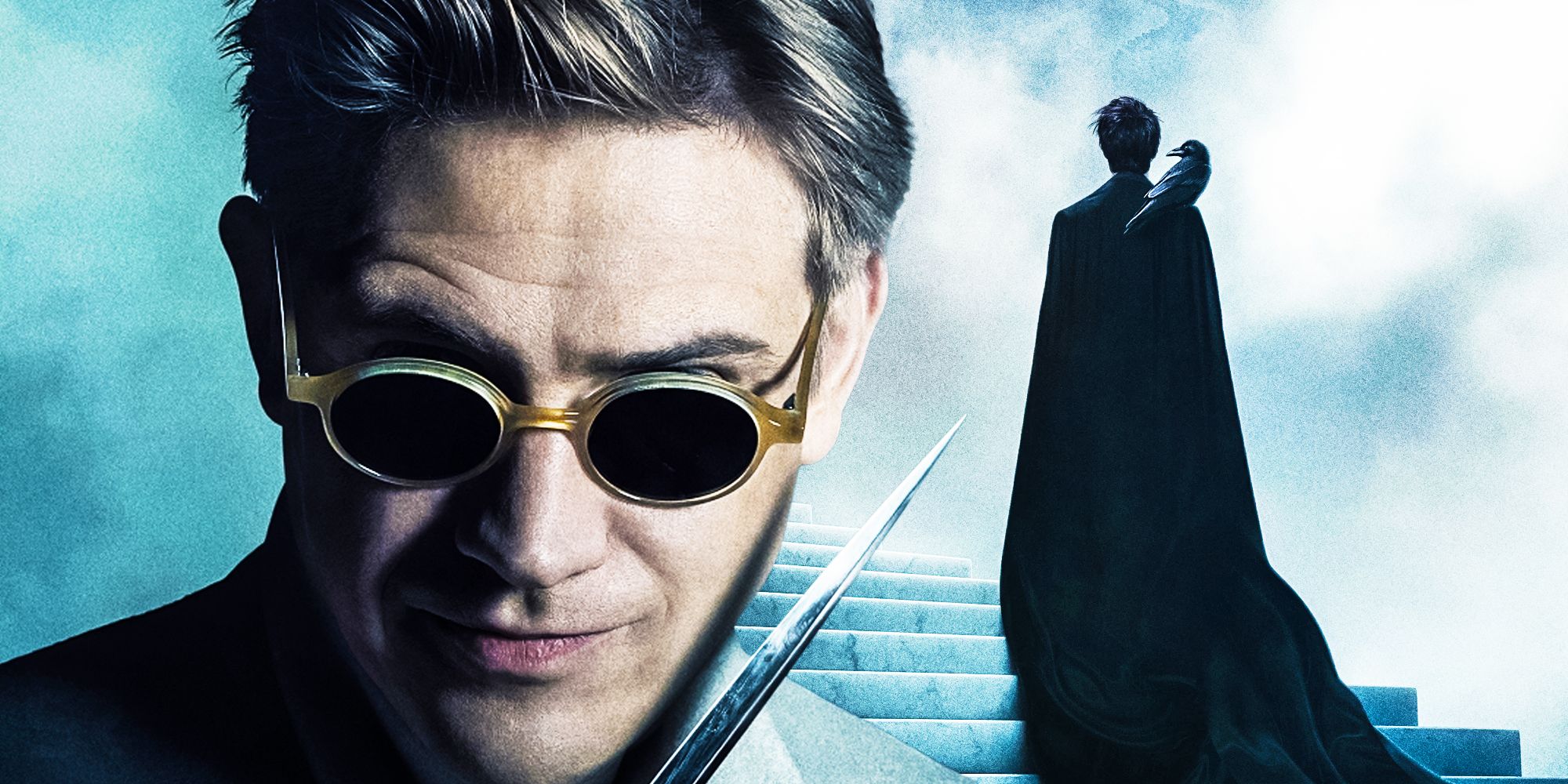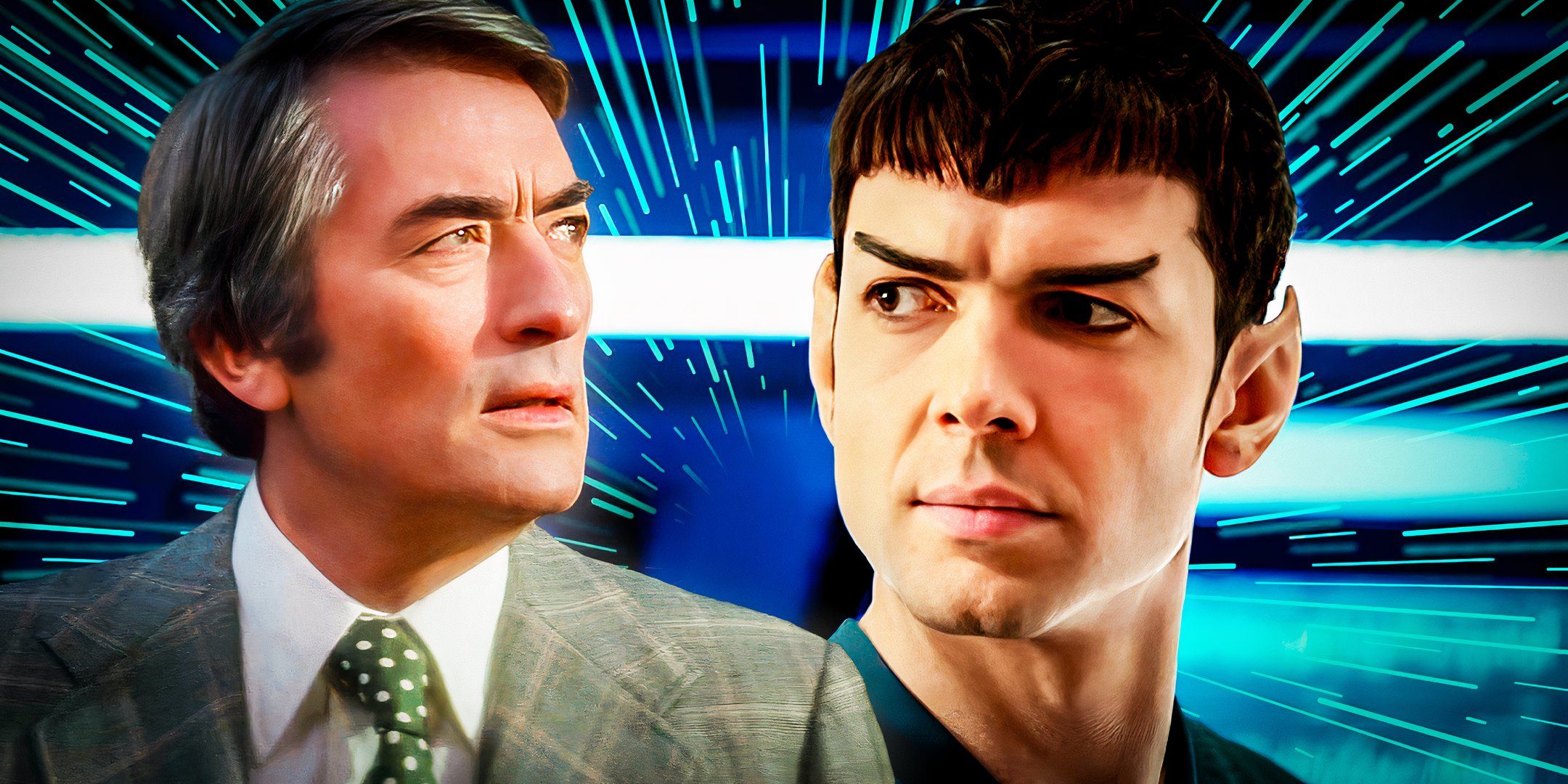This article contains spoilers for the Better Call Saul finale.Better Call Saul co-creator Peter Gould sheds light on the show’s alternate dark ending, and why it was changed. The Breaking Bad spinoff unfolded uniquely in its final installment. By the time viewers arrived at the long-awaited conclusion, most of the big lingering questions around the series had been settled, and only one remained: what would happen to Bob Odenkirk’s Jimmy McGill?
The Better Call Saul finale bids farewell from a melancholy place. Jimmy finds redemption, but he has to confess to his crimes and culpability in helping Walter White (Bryan Cranston). In doing so, he accepts a prison sentence that could last for up to 86 years. Still, in the episode’s last minutes, after he begins serving his sentence, Kim (Rhea Seehorn) visits Jimmy in prison, and the two share a cigarette. It’s a bittersweet moment, speaking to the love the two share and the life they enjoyed before everything took a turn for the worse.
In comments made to IndieWire, Gould talks about how Better Call Saul almost had a very different ending. Having written and directed the finale, Gould reveals that the initial plan for the final scene was much colder and spoke to different themes. Check out Gould’s quote below.
GOULD: I was on the bubble about the very last scene in the prison yard. There was a version that didn’t have that, that ended ended with the two of them smoking. I went back and forth on that for a while. Then ultimately, having watched them both, I felt like it was right. It felt more honest, to end with the two of them apart rather than the two of them together. But those were all things that were discussed and struggled with in the editing, moreso than most episodes.
When we first broke this episode, the two of them were meeting in Albuquerque before he went to prison. The last scene was him in prison by himself, thinking. I liked that a lot, but it seemed a little cold. Ultimately, we all felt like ending with the two of them felt like the strongest way to go. In the original version, he was fearful about what was going to happen to him in prison and it was a lot about the fear. This is a very different scene. It’s mostly about connection, and a wistful connection.

The remarks from the co-creator once again reinforce how deeply Gould and his team have thought about the Better Call Saul ending. All of these potential conclusions and changes are significant in their own way, and in their own right, but they undercut the core of the show in more than one sense. What elevated Better Call Saul, what made it into the relatively rare spinoff that stood on its own, was its willingness to delve deeper into character and forge its own path rather than continue the template that Breaking Bad set. The relationship between Kim and Jimmy, and their bond, is at the very core of what makes the show such a roaring triumph. The closing scenes that Gould chose reflect that beautifully.
The Better Call Saul finale stays true to the series beyond characters and dynamics, as well. It goes back to arguably the central query of what a good and deserved ending for someone like Jimmy even looks like. For those who wanted the character to have a measure of redemption? It’s not a happy one. Jimmy is locked up, potentially for most of his remaining years, but he’s owned up to what he’s done at a great cost, and he finds some semblance of peace with the woman that matters most to him. It echoes one of the spinoff’s central interests: coming clean, confessing, and changing after the fact, it can’t fix everything, but it does offer a way forward. With its goodbye, Better Call Saul expresses that memorably and more clearly than if the audience was left only with a note of Jimmy’s fear.





